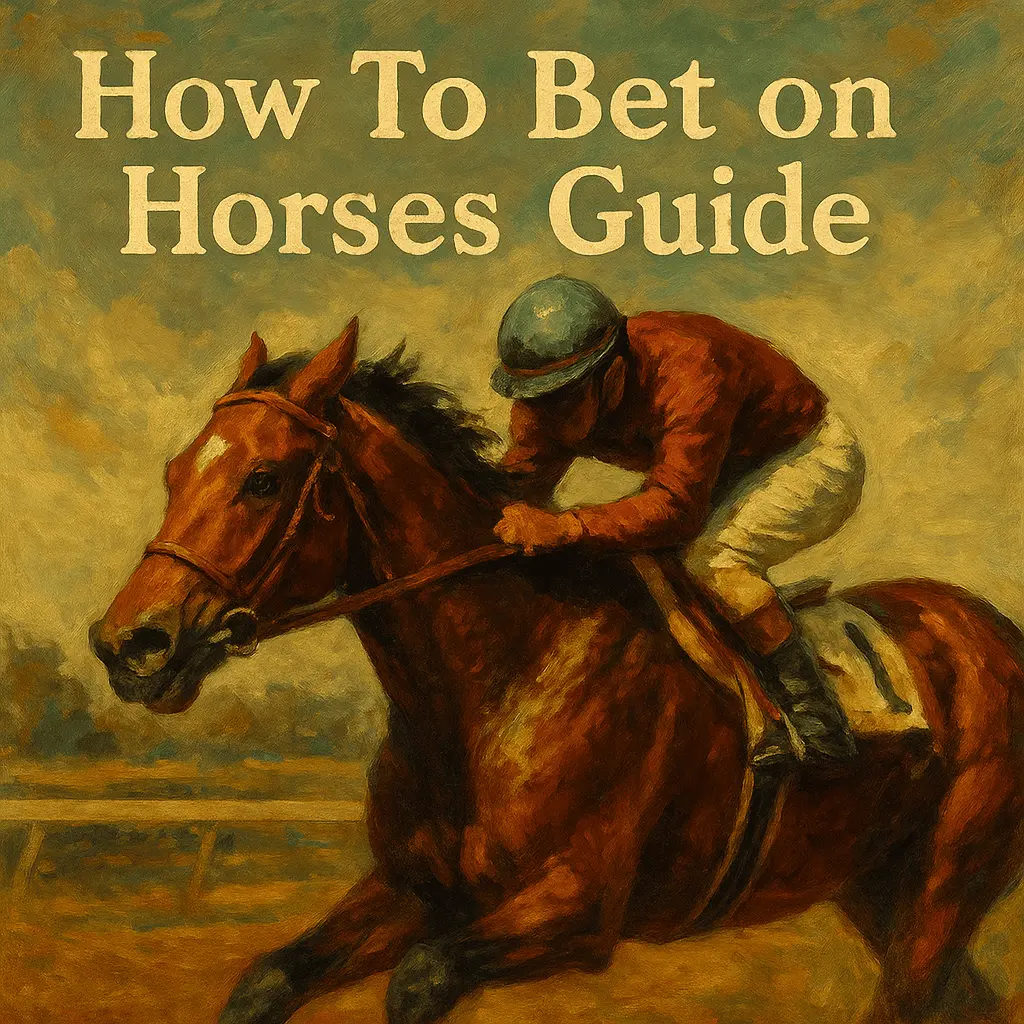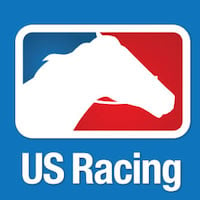A new horse racing season has arrived, which means those big race days always pull everyone back in, especially when they want a little betting guidance.


At the end of the day, betting on horses should feel enjoyable. Some folks pick a horse because they like the name, others fall for the bright silks, and a few stick with their favorite number like it’s destiny. Whatever gets you to the window. But if you’re curious about how the wagering actually works and want to go beyond a simple win bet, this guide will walk you through the basics.
Here’s an easy, beginner-friendly breakdown of how to bet on the ponies.
These are the most straightforward bets you’ll find at the track.
You just pick a horse and decide whether you want to wager on them to win (finish first), place (finish second), or show (finish third). The standard minimum is usually two dollars, though you can always put more behind your pick.
If you want to cover multiple outcomes, you can bet a horse across the board. That means you’re backing them to win, place and show at the same time, which turns the base two-dollar bet into six. As long as your horse finishes in the top three, you walk away with something. There’s also the win–place option, where you’re betting on first and second only. That comes out to four dollars on the same base amount.
For beginners who want to keep things straightforward, these are the bets to start with.
If you think you can nail the top two finishers in the precise order, that wager is an exacta. You can play it straight: for example, “two-dollar exacta 1–2.” That means the 1 must win and the 2 must run second. No wiggle room, no excuses.
If you want a little insurance, you can box the bet. Saying “two-dollar exacta box 1–2” covers both possible outcomes as long as those two horses finish first and second in either order. Since a box includes both combinations, it costs twice as much as a straight exacta.
You can also box more than two horses. The math isn’t scary: multiply the number of horses by the next lower number to get the total combinations. A five-horse exacta box is 5 x 4, giving you 20 combinations. At a two-dollar base, that’s forty dollars. A six-horse box? That’s 6 x 5 for 30 combos, which comes out to sixty dollars. And yes, it scales up just like that.
A five-horse box tends to be a fun play. You can mix favorites, mid-price runners and long shots, and the payoff can be pretty sweet if the right pair crosses the wire together.
If you’re chasing the biggest payouts and don’t mind a tougher challenge, the trifecta is where things get interesting. This wager requires selecting the top three finishers. Played straight, it looks like “trifecta 1–2–3,” which means they must cross the wire in that exact order.
A trifecta box works the same way as an exacta box but with three finishing positions instead of two. So “1–2–3 box” wins no matter the finishing order, as long as those horses run first, second and third. Naturally, boxing costs more because you’re covering more combinations.
The math for a trifecta box is simple: multiply the number of selected horses by the next lower number, then multiply by the next lower number again. A six-horse box, for instance, is 6 x 5 x 4, giving you 120 combinations. At a two-dollar base, that’s a hefty 240 dollars.
There’s also the trifecta key or wheel approach. If you have one horse you’re confident about and want a shot at a bigger return, you can “key” that runner in one or more finishing slots and rotate other horses underneath.
The Superfecta wager asks you to predict the first four finishers in exact order, which can feel like throwing darts in the dark. Sure, if everything lines up perfectly, you can land a massive score, but I’d rather put my money toward exactas and trifectas where the path to winning feels a little less chaotic. Just like the other exotics, you can play a superfecta straight or box the horses to cover every possible finishing order.
If you want to go beyond single-race bets, there are also multi-race wagers like the pick three, pick four and pick five. These require selecting the winner in three, four or five consecutive races, all before the first race in the sequence begins.
Pick fives are especially fun. If you’re confident in one race and can single a horse there, it frees you up to go much deeper in the other legs. That’s how you chase the bigger payouts. The nice part is the minimum bet is only fifty cents, so you can build solid coverage without blowing your bankroll.
For example, a ticket using two horses in one leg, three horses in the next three legs and four horses in the last leg works like this: 2 x 3 x 3 x 3 x 4. Multiply those numbers, divide by two, and you get a total cost of $108 at the fifty-cent level. You can play around with the numbers however you want; the math always works the same way.
The beauty of horse racing is that there’s a bet for every budget. Whether you’re tossing in two bucks or firing off a bigger play, having a little skin in the game always makes the race that much more intense.
A common strategy is to take a horse you trust at a decent price and key them in the top positions. Something like: one-dollar trifecta, 1 on top, 2-3-4 in second, and 2-3-4-5-6-7-8 in third. That setup means the 1 has to win, one of 2–3–4 must run second, and any horse from 2 through 8 can grab third.
That entire wager costs eighteen dollars at the one-dollar level, since it’s 1 combo in first, multiplied by 3 second-place options, multiplied by 6 possible third-place finishers.


The writing team at US Racing is comprised of both full-time and part-time contributors with expertise in various aspects of the Sport of Kings.























